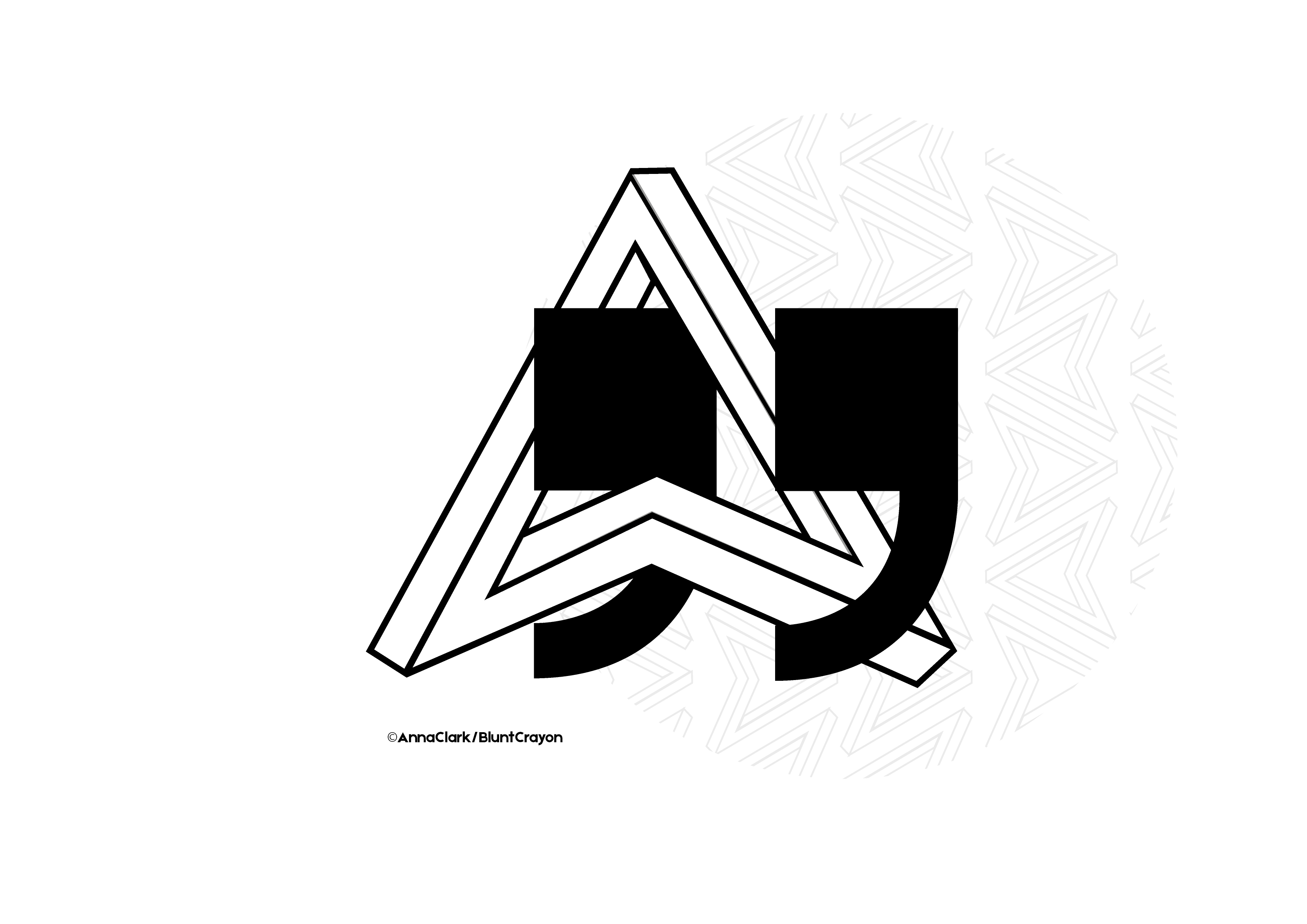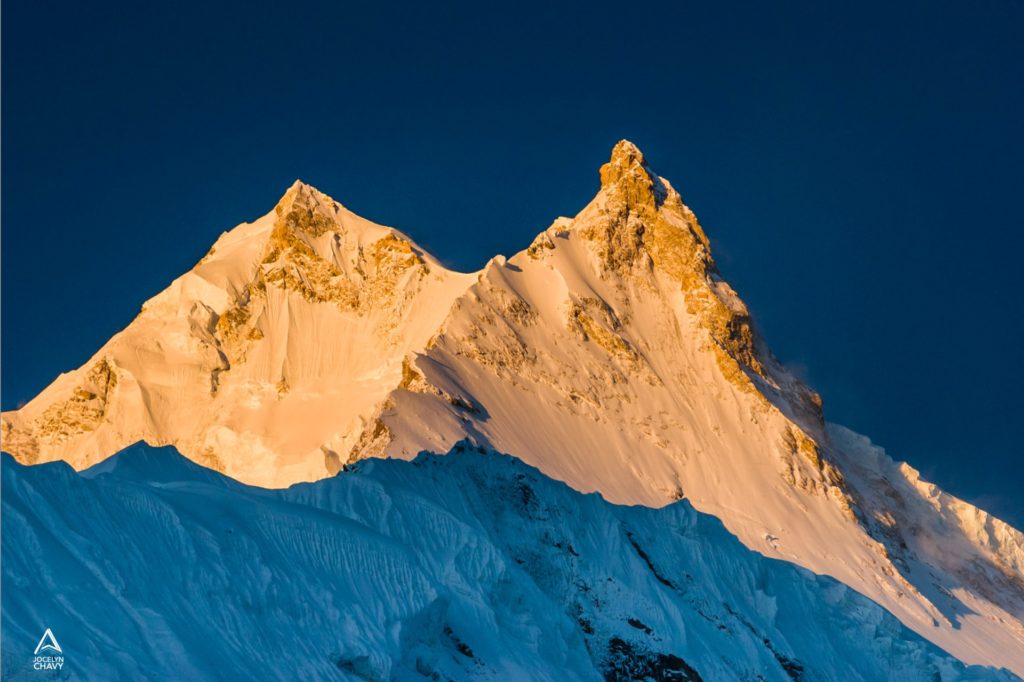
Looks like the best himalayan climbers have been shrinking. Eberhard Jurgalski and his investigators* have come to the following conclusion: out of about fifty Himalayan climbers, only three have reached the highest point of the fourteen peaks above 8,000 metres with any certainty. The whole history of the 8000 peaks must be rewritten” says Jurgalski who, after years of investigation with his team mates, has come to this conclusion. Rewrite history? Should the legacy of Messner, excluded from the list because of a missed Annapurna (by 5 metres vertically and 65 metres horizontally), be thrown out? Should the exceptional career of the Italian Nives Meroi, who lost her 14×8000 crown because of a missing Manaslu, be thrown out?
We should probably rewrite part of recent history and refrain from judging. We are talking here about ascents made from the 1980s to the end of the 2000s, when knowledge of the architecture of the peaks was not the same as today, thanks to satellite images as well. Let’s take the case of Manaslu. If some climbers, and not the least, like the German Ralf Dujmovits (who also loses his title of the fourteen on Jurgalski’s list), had doubts for years about their own ascent, and about the location of the real summit of Manaslu, it took the drone images of 2021 to show the world what the real peak of Manaslu is. The point chosen by commercial expeditions, as well as by “great” Himalayan climbers, was a convention point, not the summit, which was finally climbed again by Mingma G. Sherpa. No doubt in good faith, many himalayists were dropped from the list of 14 because of the missing Manaslu.
There are probably many more who recently knew exactly where the summit was but did not go there. So, should history really be rewritten?
Manaslu, the 8000 of discord (left). JC
Every child knows how high they have climbed a tree. Every child can understand the difference between stopping a hundred metres below the summit, and reaching the real summit. This is the game of mountaineering from the beginning. In 1870, the Reverend Coolidge did not claim to reach the Grand Pic de la Meije when, with his guide Christian Almer, he “only” reached the Doigt de Dieu, nine metres lower than the Grand Pic. Nine metres! Messner missed Annapurna by only five metres.
It is not an insult to Ed Viesturs, who is one of the three chosen by Jurgalski, to say that his legacy is not that of Messner. The same goes for Gustafsson, who also completed fourteen 8000s between 1993 and 2009 without oxygen: he did not have the flamboyance of Jerzy Kukuczka, who achieved many firsts or winter firsts on his 8000s.
The third elected person on the list, who built it with oxygen on the majority of his summits, this himalayist is somewhat of a loser in this story: Nirmal Purja has indeed ticked off the fourteen 8000 summit, but by returning to the summit of Manaslu in 2021, and not during his first visit to Manaslu in 2019, which renders his record of fourteen 8000 in six months null and void**.
THIS LIST OF THE 14 8000 PEAKS
IS ITSELF A PURE CONVENTION
Among the climbers who are said to have only 13 of the 14 summits left, Ralf Dujmovits expressed an interesting point of view to our colleague Stefan Nestler. What does Dujmovits say? He says that it makes no sense to posthumously deprive a himalayist like Erhard Loretan of the crown of the fourteen 8000, or to ask a Messner to return to Annapurna. He calls for a summit tolerance zone around summits whose culmen is not obvious (and analysed by Jurgalski and 8000ers: Annapurna, Dhaulagiri, Manaslu).
Reaching these tolerance zones would be considered a success, says Dujmovits, which should only apply to ascents prior to 2019, when the precise information on these peaks was first published. The idea makes sense: if we take Manaslu, doubt could have been cast on the ‘summiters’, but before the first analyses confirmed by drone images.
So should we adopt this elitist list? Shake up a few idols? Should we give priority to the ultimate highpoint rather than to style, without oxygen for example? Everyone will make up their own mind by reading our article. The fact remains that this list of fourteen 8000 is itself a pure convention. If we look at the geography, there would already be more than twenty peaks over 8000 metres, if we stick to the definition of a clearly identifiable peak. Geography is not without history, and the reverse is also true.
Revisiting history with a good dose of fact checking is not in vain. It allows us today, without doubt, to take a step back from the greatest exploits and some errors, sometimes arrangements. This does not mean that the former did not happen.
* Eberhard Jurgaski’s team includes Frenchman Rodolphe Popier. Here the web site.
** Nirmal Purja would keep his 14×8000 speed record, but in five years instead of six months.



